In the vast expanse of the Masai Mara, where the golden grasslands meet the endless African horizon, a hidden wonder awaits, silently observing the enchanting world around it. The African Wood Owl, a magnificent creature of the night, stands tall and proud amid the ancient trees of this iconic wildlife reserve in Kenya. With its captivating gaze and mesmerizing plumage, this elusive species has long intrigued both nature enthusiasts and researchers alike. Join us as we embark on an enchanting discovery, delving deep into the realm of the African Wood Owl in Masai Mara, unraveling its secrets, and gaining a newfound appreciation for the beauty of our natural world.
Table of Contents
- An Introduction to the African Wood Owl of Masai Mara National Park
- The Habitat and Physical Characteristics of the African Wood Owl
- Behavioral Traits and Feeding Habits of the African Wood Owl in Masai Mara
- Conservation Efforts and Challenges for Preserving the African Wood Owl in Masai Mara
- Tips for Spotting and Photographing the Elusive African Wood Owl in Masai Mara
- Implications of Tourism on the Conservation of African Wood Owl in Masai Mara
- Q&A
- Closing Remarks
An Introduction to the African Wood Owl of Masai Mara National Park

An Introduction to the African Wood Owl in Masai Mara National Park
Welcome to the enchanting world of the African Wood Owl, a captivating resident of the magnificent Masai Mara National Park. Nestled in the heart of Kenya’s rich biodiversity, this sprawling reserve is home to a remarkable variety of wildlife, and the African Wood Owl is undoubtedly one of its hidden treasures.
This elusive creature, with its distinctively-shaped face and captivating yellow eyes, roams the park’s dense woodlands and mystical acacia forests. Often found perched on branches, camouflaged amongst the tangle of leaves, the African Wood Owl is a nocturnal marvel, seamlessly blending into its natural surroundings.
As avid nocturnal hunters, these owls possess incredible adaptations that allow them to thrive in the dark. Their feather patterns offer superb camouflage, enabling them to remain undetected during daylight hours. Their strong wings, poised for silent flight, allow them to swoop down upon their unsuspecting prey without making a sound.
Known for their diversity in vocalizations, the African Wood Owls fill the night air with an array of haunting hoots and whistles, truly setting the stage for an awe-inspiring experience. Whether witnessed during an exhilarating night safari or heard resonating through the quiet darkness, encountering the African Wood Owl is a captivating encounter that will leave any nature enthusiast spellbound.
So, plan your journey to Masai Mara National Park, the unspoiled paradise where the African Wood Owl reigns supreme. Witness its magnificent existence amidst the wild and untamed beauty of one of Africa’s finest natural wonders.
The Habitat and Physical Characteristics of the African Wood Owl
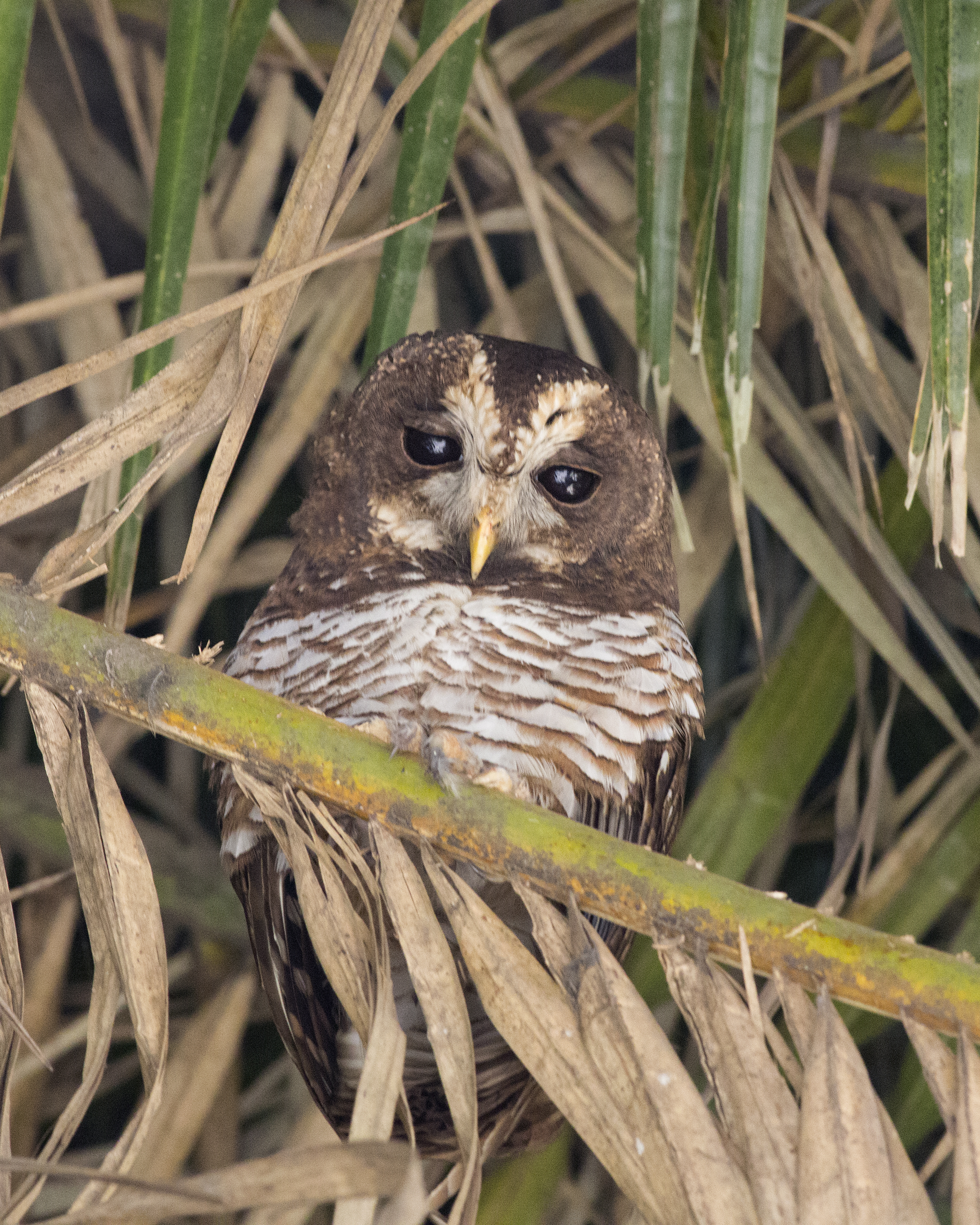
Hidden amidst the sprawling beauty of the Masai Mara National Park, the African Wood Owl finds its enchanting haven. This charismatic avian species, with its mesmerizing appearance, captivates visitors lucky enough to witness its presence. With a rich diversity of habitats across the Mara, ranging from dense forests to open grasslands, these owls have adapted to thrive in various landscapes within the park.
The physical characteristics of the African Wood Owl make it truly distinctive. Its medium-sized frame stands at an average height of 30-37 cm, with wingspans ranging from 70-83 cm. The owl boasts prominent ear tufts that add an air of elegance to its overall appearance. Its reddish-brown facial disc, framed with subtle white eyebrows, accentuates its large, piercing orange eyes, enhancing their nocturnal vision. The striking plumage of the African Wood Owl is predominantly brown with a blend of dark streaks and fine speckles, serving as brilliant natural camouflage in its woodland habitats. Their powerful talons, sharp curved beak, and silent flight make them formidable hunters, effortlessly gliding through the dense foliages of the Masai Mara, searching for their prey with unmatched finesse.
- Medium-sized bird
- Height: 30-37 cm
- Wingspan: 70-83 cm
- Prominent ear tufts
- Reddish-brown facial disc with white eyebrows
- Piercing orange eyes
- Camouflaged plumage with dark streaks and fine speckles
- Powerful talons and sharp curved beak
- Silent flight for seamless hunting
These mystical owls choose the Masai Mara National Park as their home for its abundant prey availability, clean water sources, and the protection offered by its protected wildlife reserve. The diverse landscapes provide the African Wood Owl with the perfect blend of habitats to nest, rest, and hunt, ensuring their survival in this mesmerizing wilderness. The park’s ancient trees, scattered woodlands, and dense thickets offer ideal roosting spots while the open grasslands attract an array of small mammals, insects, and reptiles—making it an enticing hunting ground for this nocturnal predator. Quietly exploring the Masai Mara under the golden African moonlight, the African Wood Owl epitomizes the untamed spirit and symbiotic harmony that flourish within this extraordinary national park.
Behavioral Traits and Feeding Habits of the African Wood Owl in Masai Mara
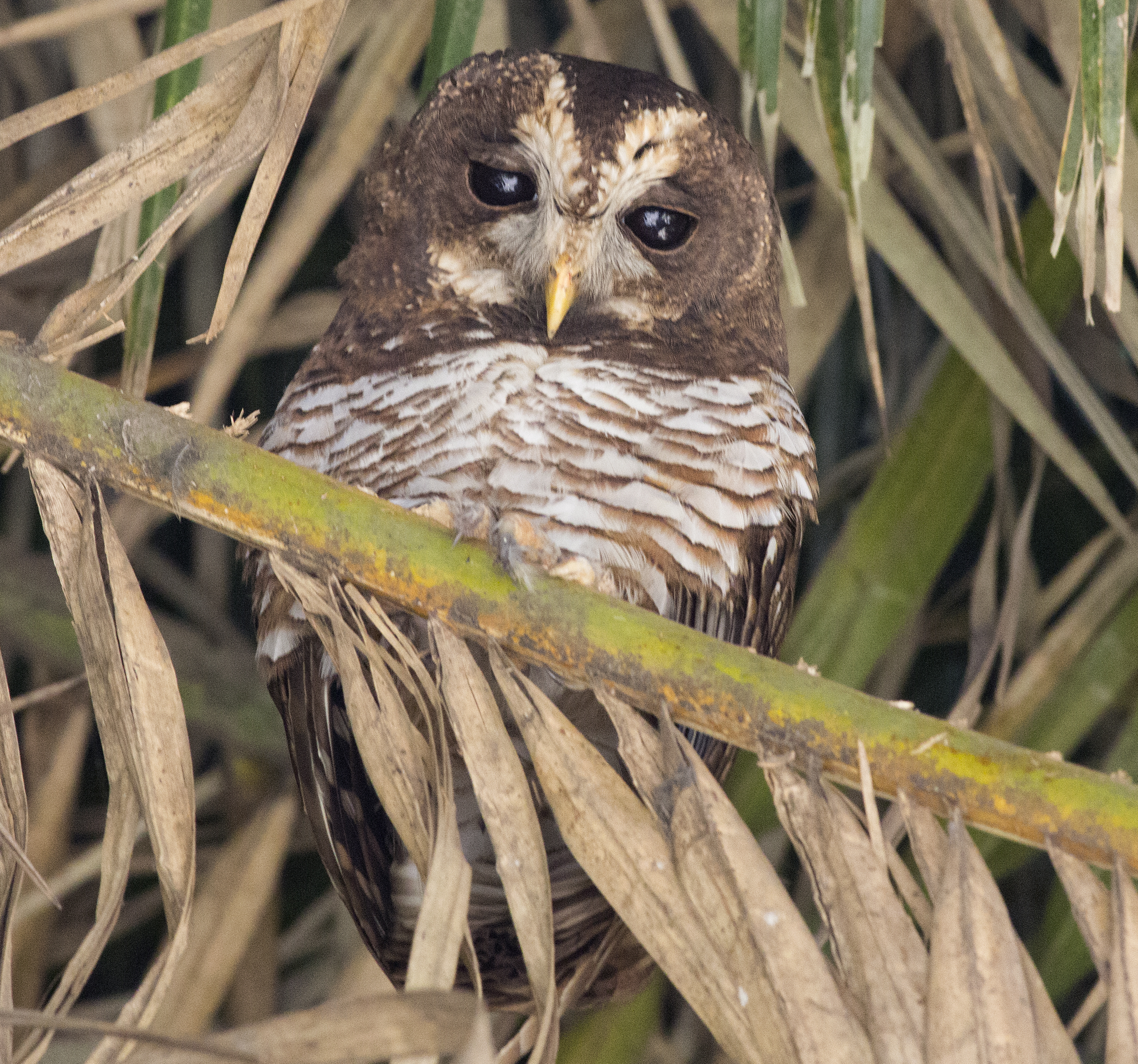
African Wood Owl
The African Wood Owl is a fascinating nocturnal bird species found in the Masai Mara National Park. Known for their distinct behavioral traits and feeding habits, these owls have adapted to thrive in the unique ecosystem of the park.
One remarkable behavioral trait of the African Wood Owl is its secretive nature. During the daytime, they typically hide in dense foliage or tree cavities, utilizing their exceptional camouflage to blend seamlessly with the surrounding environment. This behavior helps them avoid detection by predators and ensures their safety. When evening approaches, these owls become active, emerging from their hiding spots to embark on their nocturnal foraging activities.
- Feeding Habits:
The African Wood Owl primarily feeds on small rodents such as mice, voles, and rats. They possess keen eyesight and acute hearing, which enables them to accurately detect their prey from a distance. Once they spot a potential meal, these skilled hunters swiftly swoop down upon their target, employing their sharp talons to capture and kill the prey instantly.
These owls are also known to consume a variety of insects, including beetles and moths. Their ability to adapt their diet to the availability of food sources further contributes to their survival in the ever-changing ecosystem of the Masai Mara National Park. By silently gliding through the night, the African Wood Owl ensures a plentiful food supply, benefiting both their own population and the delicate balance of the park’s ecosystem.
Conservation Efforts and Challenges for Preserving the African Wood Owl in Masai Mara
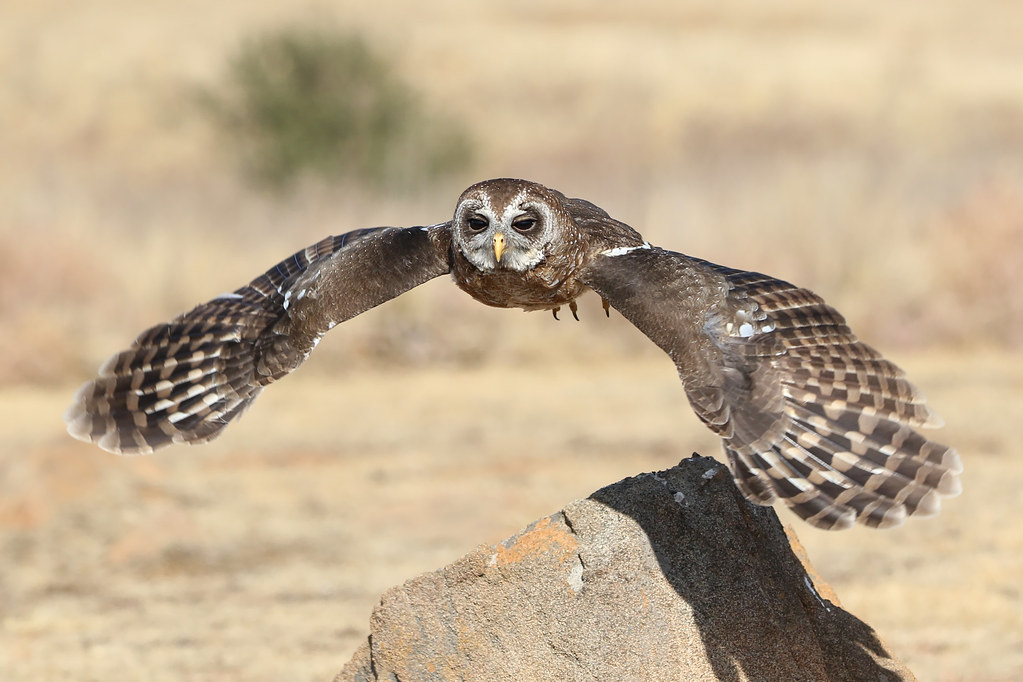
The Masai Mara National Park in Kenya is home to a diverse range of wildlife, including the magnificent African Wood Owl. This beautiful bird of prey is known for its distinctive tufted appearance and haunting hoot that resonates through the night. However, conservation efforts for the African Wood Owl in Masai Mara face various challenges that require immediate attention to ensure its long-term survival.
Challenges facing the preservation of the African Wood Owl in Masai Mara:
- Habitat Loss: The rapid expansion of human settlements and agricultural activities poses a significant threat to the African Wood Owl’s habitat. Deforestation, in particular, has resulted in a loss of suitable nesting sites, forcing these owls to search for alternative habitats outside the protected areas.
- Poaching and Illegal Wildlife Trade: Sadly, the African Wood Owl is not immune to the poaching crisis that plagues many endangered species. These owls, sought after for their striking appearance and perceived spiritual significance, are frequently targeted for the illegal wildlife trade.
- Climate Change: The changing climatic conditions in Masai Mara, including erratic rainfall patterns and increasing temperatures, pose a threat to the delicate balance of the ecosystem. These changes can disrupt the owl’s food sources, leading to a decline in their population.
Conservation efforts to protect the African Wood Owl in Masai Mara:
- Protected Areas and Conservation Programs: Initiatives such as the establishment and expansion of protected areas, alongside dedicated conservation programs, play a crucial role in preserving the African Wood Owl’s habitat and promoting sustainable practices.
- Educational Awareness: Spreading awareness about the importance of conserving the African Wood Owl and its habitat among local communities and visitors is vital. Engaging in educational outreach programs and promoting responsible eco-tourism can help reduce human-induced threats.
- Scientific Research and Monitoring: Conducting long-term scientific research and monitoring programs can provide valuable data on the African Wood Owl’s population, behavior, and habitat requirements. This knowledge is fundamental for implementing effective conservation strategies.
Efforts to preserve the African Wood Owl in Masai Mara need the collective support and involvement of local communities, wildlife authorities, and conservation organizations. By addressing the challenges and implementing proper conservation strategies, we can ensure the continued existence of this captivating species for future generations to appreciate.
Tips for Spotting and Photographing the Elusive African Wood Owl in Masai Mara
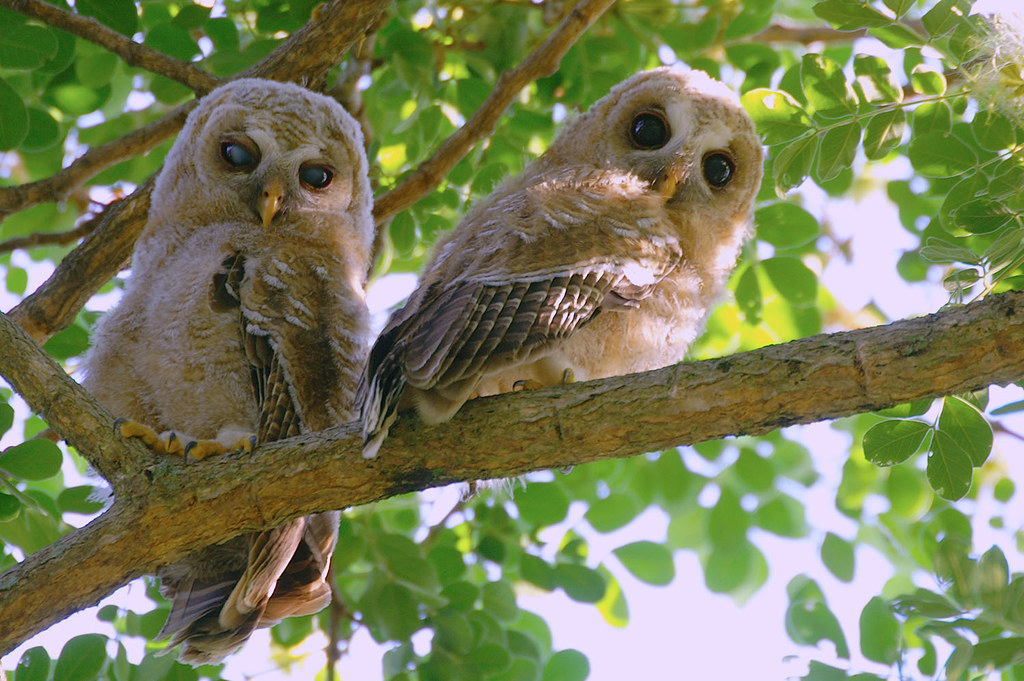
When it comes to spotting and photographing the elusive African Wood Owl in Masai Mara National Park, there are a few tips and tricks that can greatly increase your chances of success. Known for its stealthy nature and exceptional camouflaging abilities, this magnificent bird can be a challenging subject to capture. Here are some tips to help you in your quest:
- Research and study: Begin by familiarizing yourself with the behavior, habitat, and preferred roosting spots of the African Wood Owl. This knowledge will give you a good starting point for your search and enable you to anticipate its movements.
- Explore at twilight: The African Wood Owl is predominantly nocturnal, making it more active during the early morning and late evening hours. Plan your photography outings accordingly — arriving at the park before dawn or staying out until dusk can increase your chances of an encounter.
- Look high and low: These owls often perch in trees and shrubs, so keep your eyes peeled both on the ground and up in the canopy. Their excellent camouflage can make them blend seamlessly into their surroundings, so be patient and pay attention to any unusual shapes or textures.
Additionally, using a combination of telephoto and wide-angle lenses can allow you to capture the African Wood Owl in both its majestic close-up detail and within its natural habitat. Remember to practice good ethical wildlife photography by not disturbing the owls or their surroundings. With a little patience, perseverance, and a touch of luck, you’ll have the opportunity to capture stunning images of these elusive creatures in the breathtaking scenery of Masai Mara National Park.
Implications of Tourism on the Conservation of African Wood Owl in Masai Mara
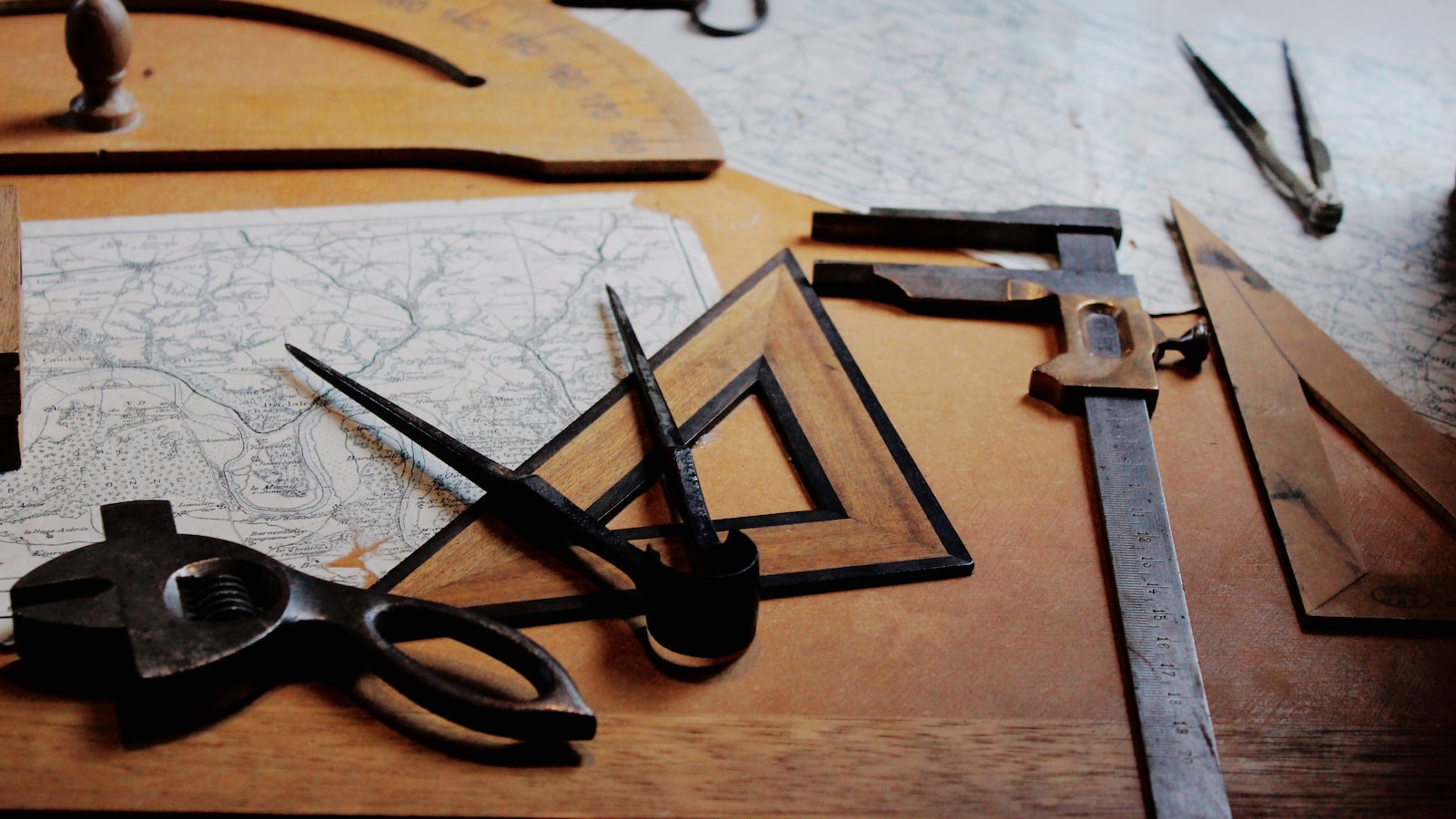
The Masai Mara National Park in Kenya is not just known for its majestic landscapes and abundant wildlife, but also for being home to the enigmatic African Wood Owl. This nocturnal bird species, with its striking features and haunting calls, has long fascinated researchers and wildlife enthusiasts alike. However, the implications of tourism on the conservation of the African Wood Owl in this iconic park cannot be ignored.
1. Habitat disruption: The increasing number of tourists visiting the Masai Mara National Park has led to a rise in the construction of lodges, camps, and other infrastructure. This not only disturbs the natural habitat of the African Wood Owl but also contributes to the fragmentation of its territory. The constant noise and disturbance caused by tourist activities can disrupt their breeding and hunting patterns, leading to a decline in their population.
2. Light pollution: One of the biggest challenges faced by the African Wood Owl in the Masai Mara is the growing problem of light pollution. The bright lights from lodges, safari vehicles, and campsites can disorient these nocturnal birds, interfering with their ability to navigate and hunt effectively. This can have a detrimental impact on their survival and reproductive success. Proper planning and regulation of lighting in tourist areas are vital to mitigating this issue and ensuring the conservation of the African Wood Owl.
Q&A
Q: What makes the African Wood Owl in Masai Mara so unique and special?
A: The African Wood Owl in Masai Mara captivates with its majestic presence and remarkable adaptability to the wilderness. Its distinct appearance, enchanting hooting, and the ability to blend seamlessly into its surroundings make it an extraordinary species worth exploring.
Q: Where can the African Wood Owl be found within the Masai Mara reserve?
A: The African Wood Owl can be found nestled amidst the diverse habitats of the Masai Mara reserve, primarily occupying wooded areas close to rivers and streams. This elusive owl chooses to make its home in tree cavities, displaying its affinity for these hidden nooks.
Q: What challenges do the African Wood Owls face in their natural habitat?
A: Like many other creatures, the African Wood Owls face their fair share of challenges in their natural habitat. One of the significant obstacles is encroachment on their territory due to human expansion. Additionally, deforestation and changes in land use patterns disrupt the owls’ habitats, creating an uncertain future for their survival.
Q: How does the African Wood Owl hunt for its prey?
A: African Wood Owls are nocturnal hunters, meaning they exclusively search for their prey during the cover of darkness, aided by their impeccable night vision. With pin-drop silence and remarkable flying skills, they skillfully swoop down on unsuspecting rodents, small birds, and insects that become their dinner.
Q: Are African Wood Owls known for their unique mating rituals?
A: Absolutely! African Wood Owls have an intricate courtship display that is both mesmerizing and enchanting to witness. They engage in a captivating series of hoots, hovers, and acrobatic flights to impress potential mates, creating a charming spectacle in the wilderness.
Q: How do African Wood Owls communicate with each other?
A: African Wood Owls possess a diverse range of vocalizations to communicate with one another. Their distinctive hooting, unique among other owl species, serves as a primary means of establishing territory, attracting mates, and fostering communication within their community.
Q: What efforts are being made to protect the African Wood Owl’s habitat in the Masai Mara?
A: Numerous conservation initiatives kick into gear to protect the African Wood Owl’s habitat in the Masai Mara. Measures include raising awareness about the importance of preserving biodiversity, promoting sustainable land-use practices, and involving local communities in safeguarding the environment, ensuring a harmonious coexistence with these spectacular creatures.
Q: How can visitors appreciate and support the conservation of the African Wood Owl in Masai Mara?
A: Visitors to the Masai Mara can play an essential role in the conservation of the African Wood Owl by practicing responsible tourism. Respecting park regulations, hiring local guides who share valuable insights, and supporting community-led conservation projects contribute directly to the long-term protection of this magnificent species and its habitat.
Q: Are there any interesting myths or folklore surrounding the African Wood Owl?
A: Deeply rooted in African folklore, the African Wood Owl holds an intriguing place in local mythology. Some cultural beliefs associate these owls with wisdom, foresight, and protection from negative forces, making them a symbol of mystique and reverence among certain communities in the Masai Mara.
Q: What can we learn from the African Wood Owl’s presence in Masai Mara?
A: The African Wood Owl’s presence in the Masai Mara serves as a reminder of the delicate balance between human activities and the preservation of wildlife habitats. Observing and appreciating these magnificent creatures allows us to reflect on our responsibility as custodians of the environment and the vital role we play in protecting their natural homes.
Closing Remarks
As we bid farewell to the enigmatic African Wood Owl, we are left with a sense of wonder and admiration for this elusive creature. In the depths of the dark African forests, it reigns as a silent guardian, bestowed with an awe-inspiring beauty that captivates all who are fortunate enough to witness its presence.
The African Wood Owl, with its luminous amber eyes that hold the secrets of a thousand nights, seems to possess a wisdom beyond our mortal comprehension. Its feathers, adorned with mesmerizing patterns, form a tapestry of earthly hues, blending effortlessly with the mystique of its natural habitat. It navigates the shadowy labyrinth of the forest with graceful agility, a specter of the night, never seen but always felt.
While this nocturnal hunter remains a master of stealth, it also stirs curiosity and fascination among nature enthusiasts. However, our knowledge of this enigmatic owl is still shrouded in obscurity, as it veils itself from prying eyes, preserving its air of mystery. Perhaps it is this air of secrecy that makes the African Wood Owl all the more captivating, like an unfinished chapter in the great book of wildlife.
Yet, despite its evasiveness, this wise sentinel plays a vital role in the delicate balance of its ecosystem, preying upon small mammals, insects, and even fellow avian species. Its existence is a testament to nature’s ability to create masterpieces even in the darkest corners of the world.
As we conclude our journey into the realm of the African Wood Owl, we are reminded of the vast untamed wilderness that still lies hidden within our planet. It is a reminder that even in our relentless pursuit of progress, there are spaces where nature reigns supreme, defying understanding and evoking a sense of humility within us.
So, let us cherish the fleeting glimpses and whispered tales of the African Wood Owl, for it reminds us that within the vastness of our world, there are still hidden realms, waiting to be explored. May we forever be in awe of the wild, and may the African Wood Owl continue to reign amongst the mysteries of the night, forever guarding the secrets it keeps close to its heart.




